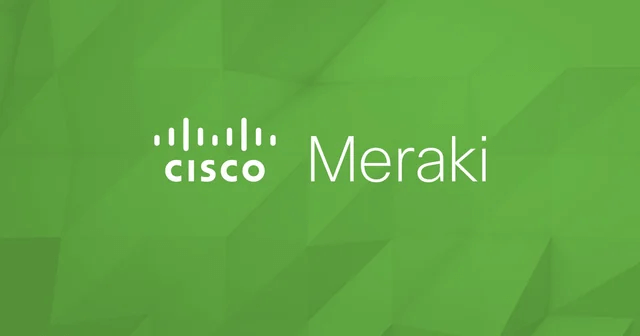Enterprise mobility management (EMM), also known as Mobile Device Management (MDM), simply put, is the combination of processes, technologies, and people that allow their IT department to monitor devices, track performance, enforce network security, and generally manage mobile computing across the business.
Enterprise businesses that have a large network of devices used by its workforce need the right tools and systems to help properly manage those devices. High mobile device usage for an enterprise can often lead to increased productivity, but it can also mean a substantial increase in the IT workload and support needed if there is not a system in place to help monitor the health and security of each device.
Enterprise mobility management relies on cloud-based tools like the Meraki Systems Manager that creates a centralized dashboard to monitor and manage the integrated devices being used in a business. Network hardware, WiFi access points, smart phones, PCs, security cameras, and other connected devices can be uploaded and managed in the most modern EMM platforms.
By having an enterprise’s devices being managed under one digital roof, large businesses enable their IT team to manage, monitor, and update their device portfolio, even as the number of integrated devices scales into the thousands (or tens of thousands)
One key EMM feature is advanced VPN functionality. Properly configured, an EMM will automatically update VPN settings on the system manager side after any changes have been made to the VPN on the hardware side.
This advanced VPN functionality also includes the ability to set VPNs to be conditionally granted or revoked automatically based on certain criteria needed to be met by the user, i.e., security compliance, time of day, user group/department, and geolocation.
This innovative feature plays an important role for enterprises in keeping a secure network as well as protecting the long-term health and performance of the devices being used by the workforce.
Another innovative feature from a modern enterprise mobility management platform is the ability to provide a seamless onboarding process for devices being added to the system. By having specific enrollment procedures based on device type (iOS or Android for example) enterprises can provide individualized enrollment options to workers so they can efficiently enter their devices into the management system as needed.
In-depth profile settings is another feature that accompanies a modern EMM platform. Setting profiles for devices help enterprises configure devices exactly how the business wants them set for the users. These profile settings can contain everything from device restrictions as well as email settings, device privacy, WiFi settings, VPN, wallpapers and backgrounds, notifications, contacts, Web Clips, managed app settings, education and Apple Classroom, and much more.
A specific profile setting can be distributed to multiple devices or to a single device. Thus, reinforcing one of the main purposes of an EMM platform regarding simplifying the device configuration and monitoring for IT departments
Helping enterprises update and manage the variety of app usage, app licensing, and software inventory is just another useful feature to be found in a modern EMM platform. By being able to integrate with various app platforms like the Apple Store or Google Play, EMM solutions are capable of downloading and installing public apps to specific devices as needed.
On the flip side, EMM platforms are also capable of blocking and preventing certain apps from being downloaded onto specific devices, which is a critical feature for businesses wanting to block certain apps deemed unsafe or unnecessary for the workforce.
One device enrollment has taken place, the EMM platform allows in-depth visibility into device diagnostics. App downloads and updates, connectivity status, device location, and profile status are just some of the data that can be tracked from an EMM platform.
Live troubleshooting features are also available so IT personnel can provide remote desktop assistance with a secure end-to-end tunnel, or even remotely reboot or shutdown devices as needed.
These diagnostic and visibility tools help IT administrators ensure devices are being used as intended as well as track where they are being used. Also, these tools help to keep a secure network and promote longevity for the devices being used.
There are plenty of innovative enterprise mobility management platforms currently on the market, but there is one platform that is guaranteed to provide your enterprise with all of the features in this article and more: Cisco’s System Manager platform.
Systems Manager is unique in that it offers native network integrations, and is built from the ground up to support Cisco Meraki network and security products. It supports a variety of platforms allowing for the diverse ecosystem that is consistent in today’s mobile and computer centric world. This places Systems Manager in prime position to alleviate the concerns of security teams in a variety of industries, empower teachers and professors to run their digital classroom, and ease the burden of enterprise IT teams with distributed sites.

Continue Reading...